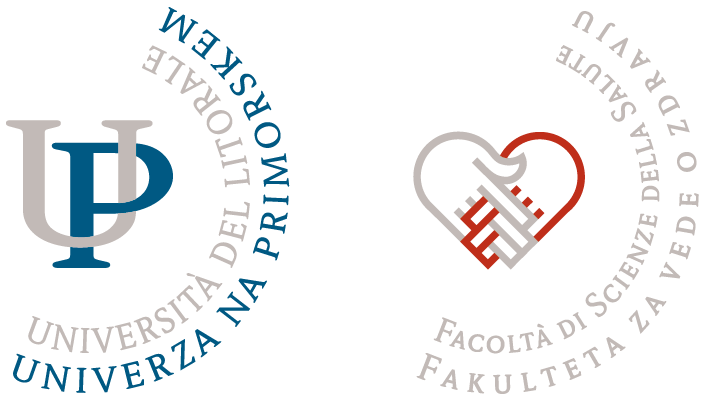Content
- Lectures: 15 hours
- Exercises 15 hours
- Independent work: 60 hours
Subject carrier
Description
1. Child and adolescent development
a. Definition of human development
b. Models and areas of human development – integral human development
c. Growth, maturation, development
2. Biological aspects of child and adolescent development
a. Changes in body characteristics
b. Development of individual body systems during childhood and adolescence
c. Development of motor abilities, knowledge and skills
3. Motor development
a. Models, factors and definitions of motor development
b. Levels and phases of motor development
c. Development of motor patterns and stereotypes
4. Motor learning
a. Description and definitions of motor learning
b. The role of motor learning during childhood and adolescence
c. Phases of motor learning
d. Motor transfer
e. The role of feedback in motor learning
5. Health aspects of child and youth development
a. Monitoring the development and condition of the locomotor system,
b. Identifying and assessing developmental abnormalities,
c. Principles of adjustment of physical load in connection with the most common developmental abnormalities,
d. Principles of preventive exercise and its involvement in the daily physical activity of children and youth
6. Pedagogical and psycho-social aspects of youth sports
7. Didactic and methodical aspects of youth sports
a. Planning an exercise for children and youth
b. Conducting an exercise for children and youth
c. Examples of exercise programs for children and youth
8. Monitoring the motor development of children and youth
a. Approaches to evaluating motor development
b. Motor development tests (SloFIT, ABC of movement and others)

